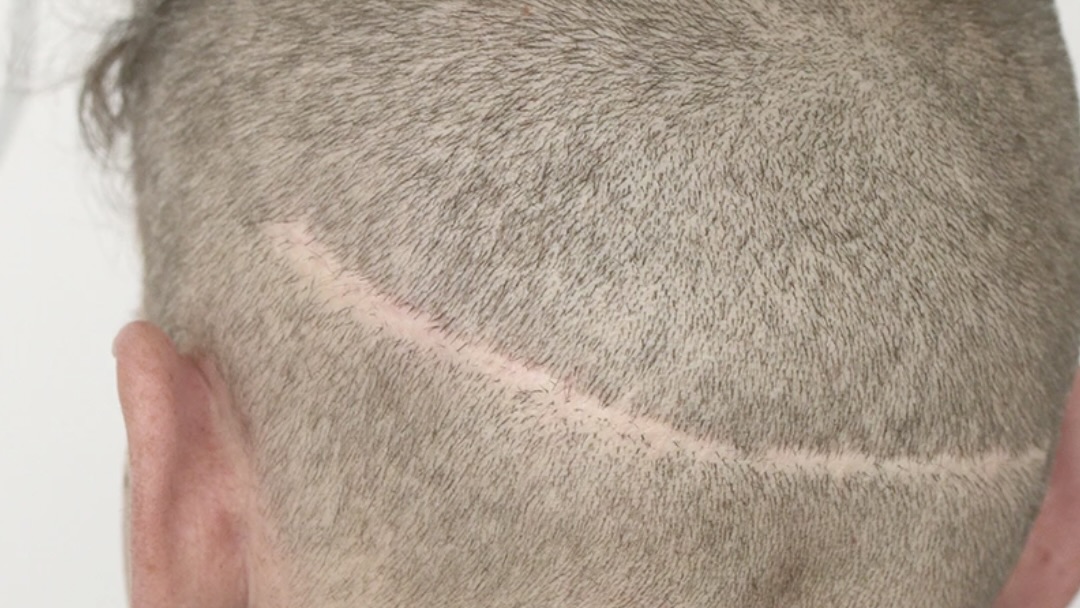Follicular Unit Transplantation (FUT) is a hair restoration technique where a patient’s hair is transplanted in naturally occurring groups of 1 to 4 hairs, known as follicular units. These units also contain sebaceous (oil) glands, nerves, a small muscle, and occasional fine vellus hairs. In this procedure, these small units allow the surgeon to safely transplant thousands of grafts in a single session, which maximizes the cosmetic impact of the procedure.
Procedure
FUT, also known as the strip method, involves removing a thin strip of skin with hair from the back of the head. This area is known as the ‘donor site’ and is usually resistant to the hormones that cause balding. The strip is then divided into grafts, each containing 1 to 4 hairs.
The surgeon then makes tiny incisions in the scalp where the hair loss has occurred, known as the ‘recipient site’, and carefully places the grafts into these incisions. The placement of these follicular units is what sets the stage for the aesthetic design of a hair transplant, and in turn, will re-establish a hairline.
Advantages
One of the main advantages of FUT is that it allows the surgeon to fully utilize the scalp area to deliver results consistent with patient expectations. FUT allows for the removal of a significant number of grafts in a single session. This method tends to be quicker than other hair transplant methods.
Disadvantages
While FUT has its advantages, it also has some drawbacks. The procedure leaves a linear scar on the back of the head. This scar, however, can be concealed by the surrounding hair. Post-operative pain and recovery time can also be a potential disadvantage of the FUT method.
Conclusion
FUT is a proven and effective method for treating hair loss. However, as with any surgical procedure, it’s important to have realistic expectations and to understand that your individual results may vary. It’s always recommended to consult with an appropriate surgeon or a dermatologist before deciding on a hair transplant procedure.

